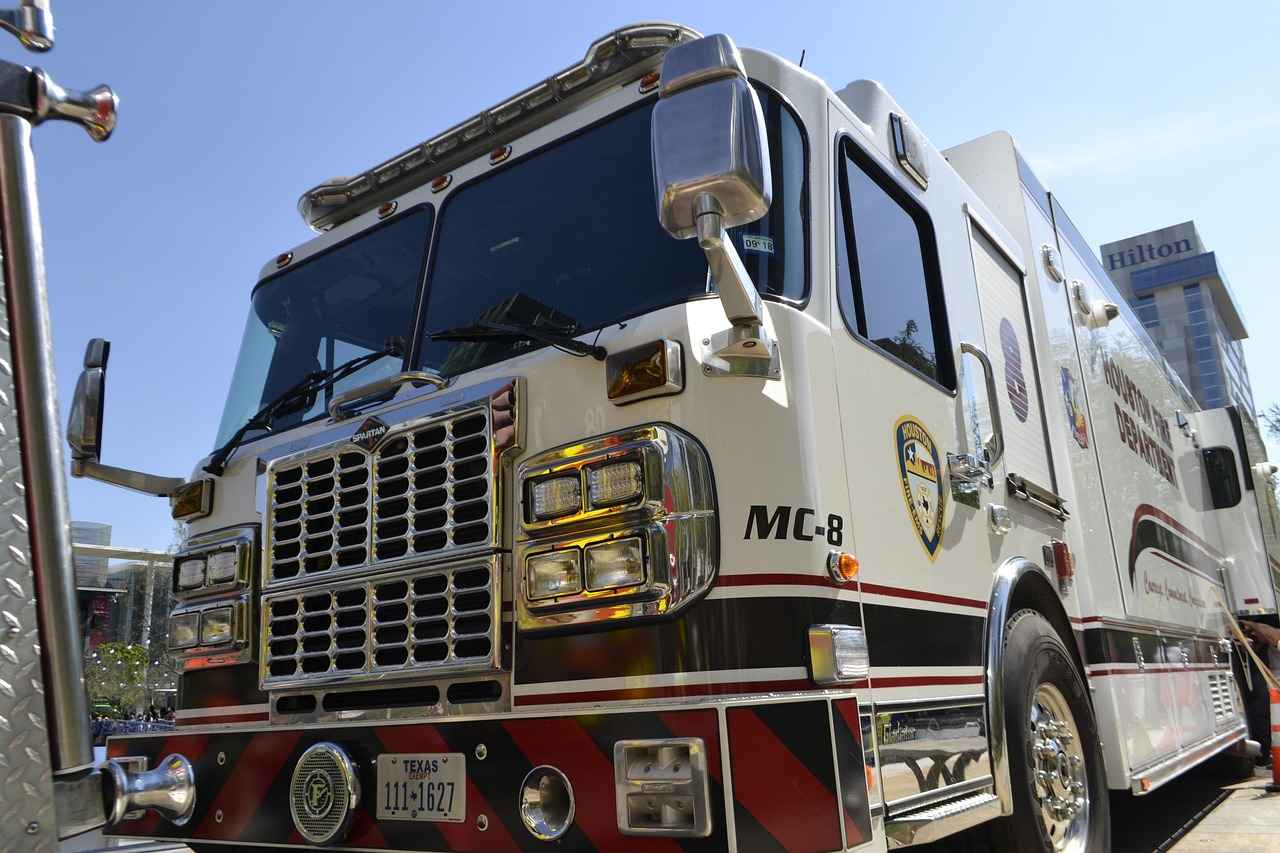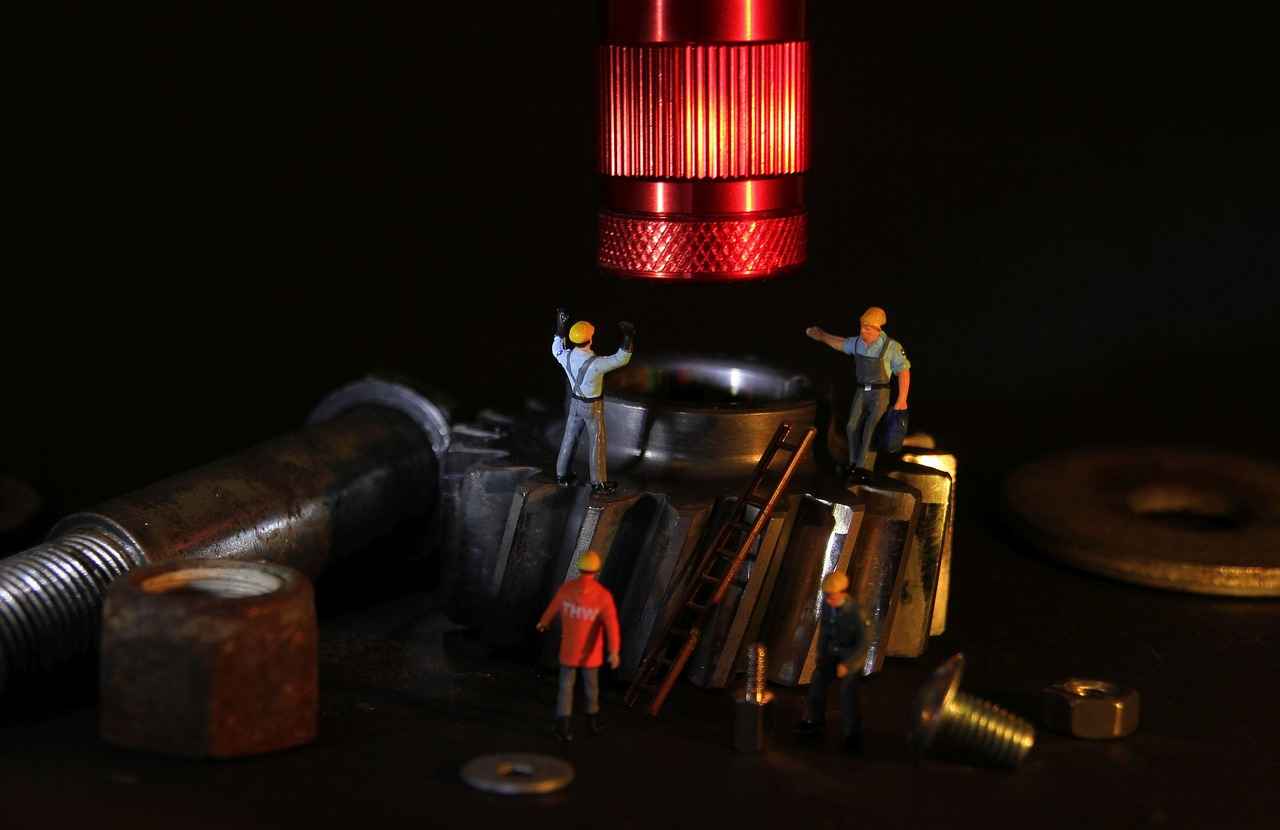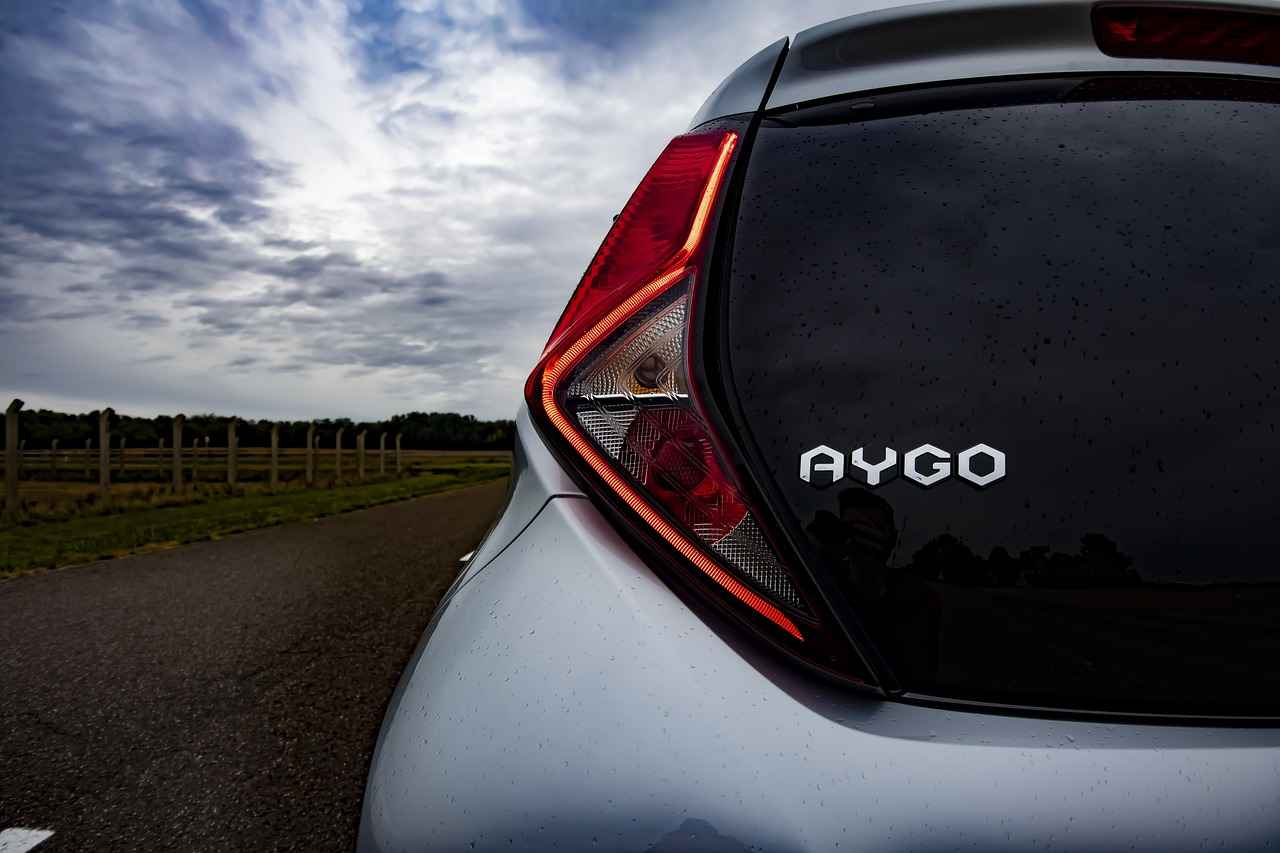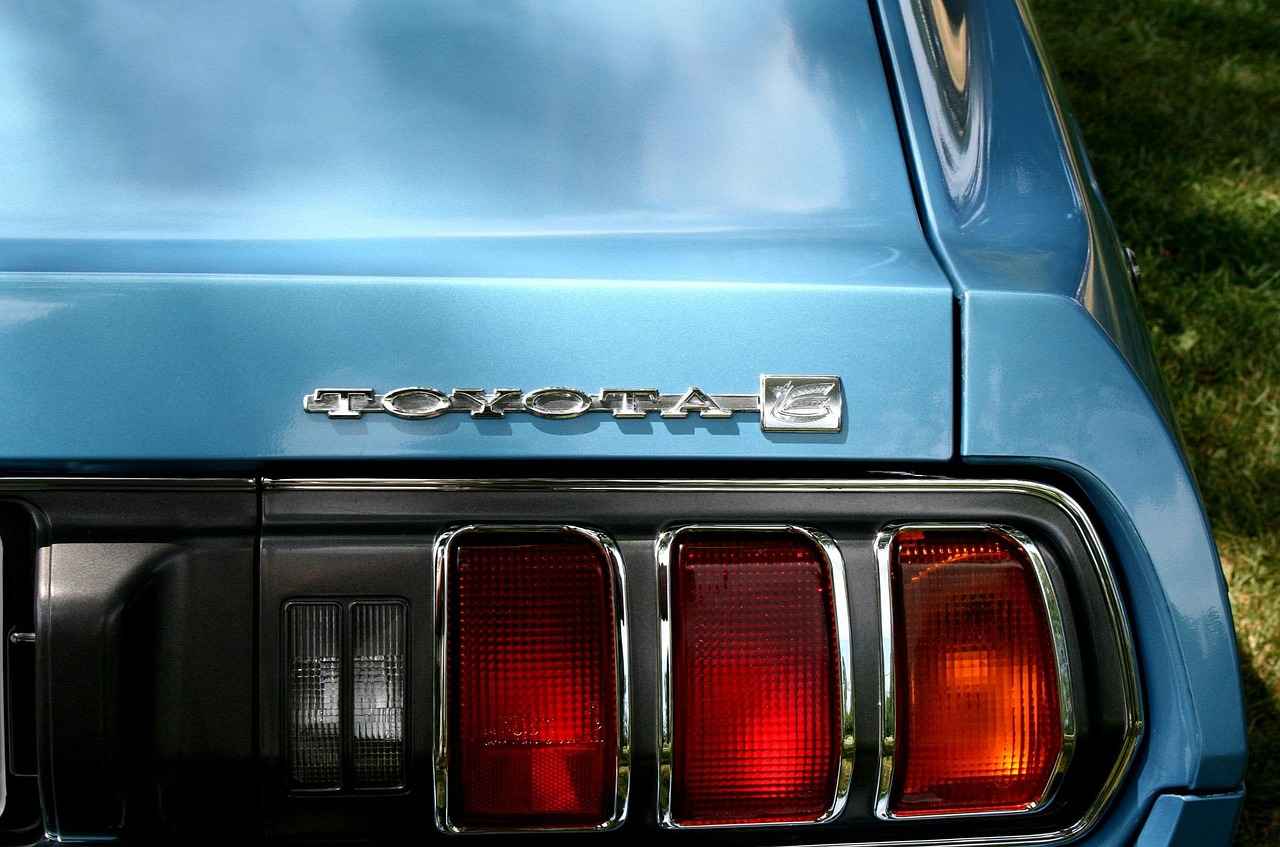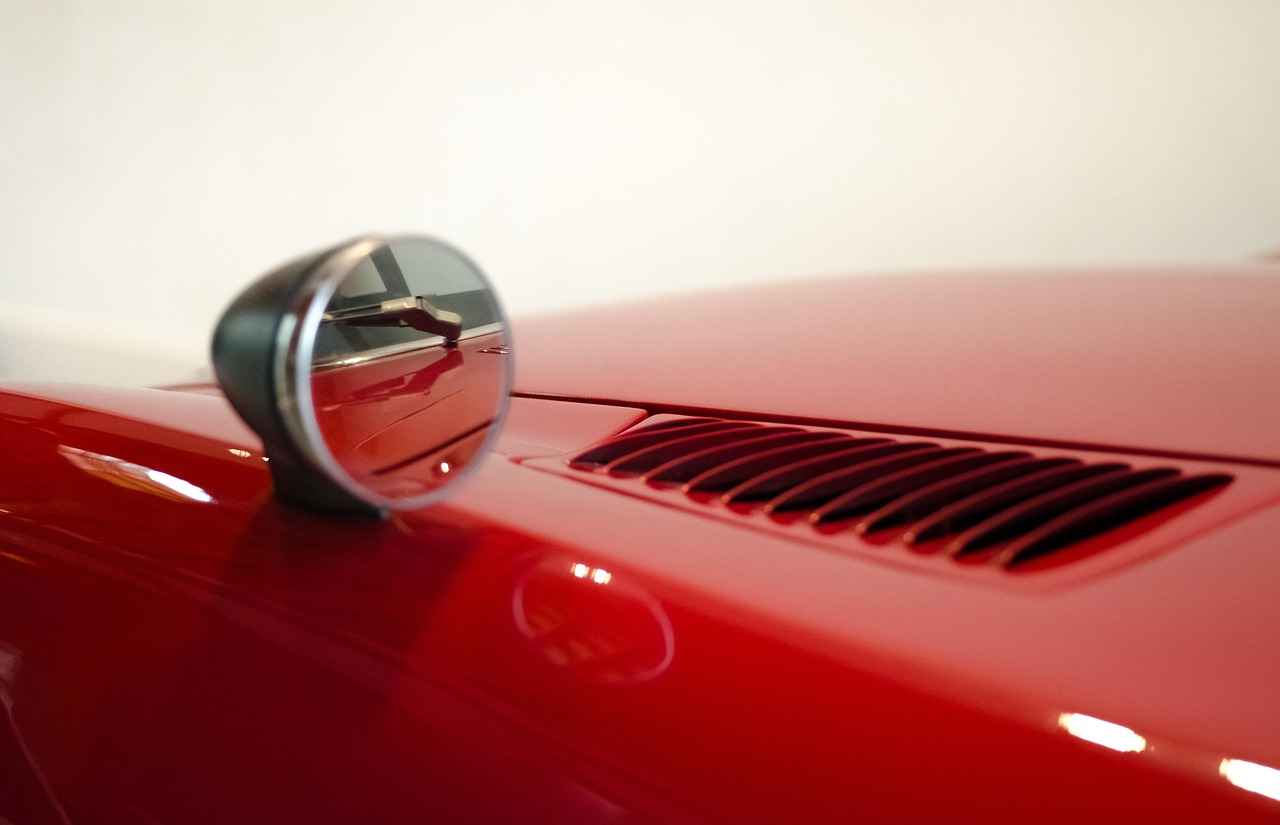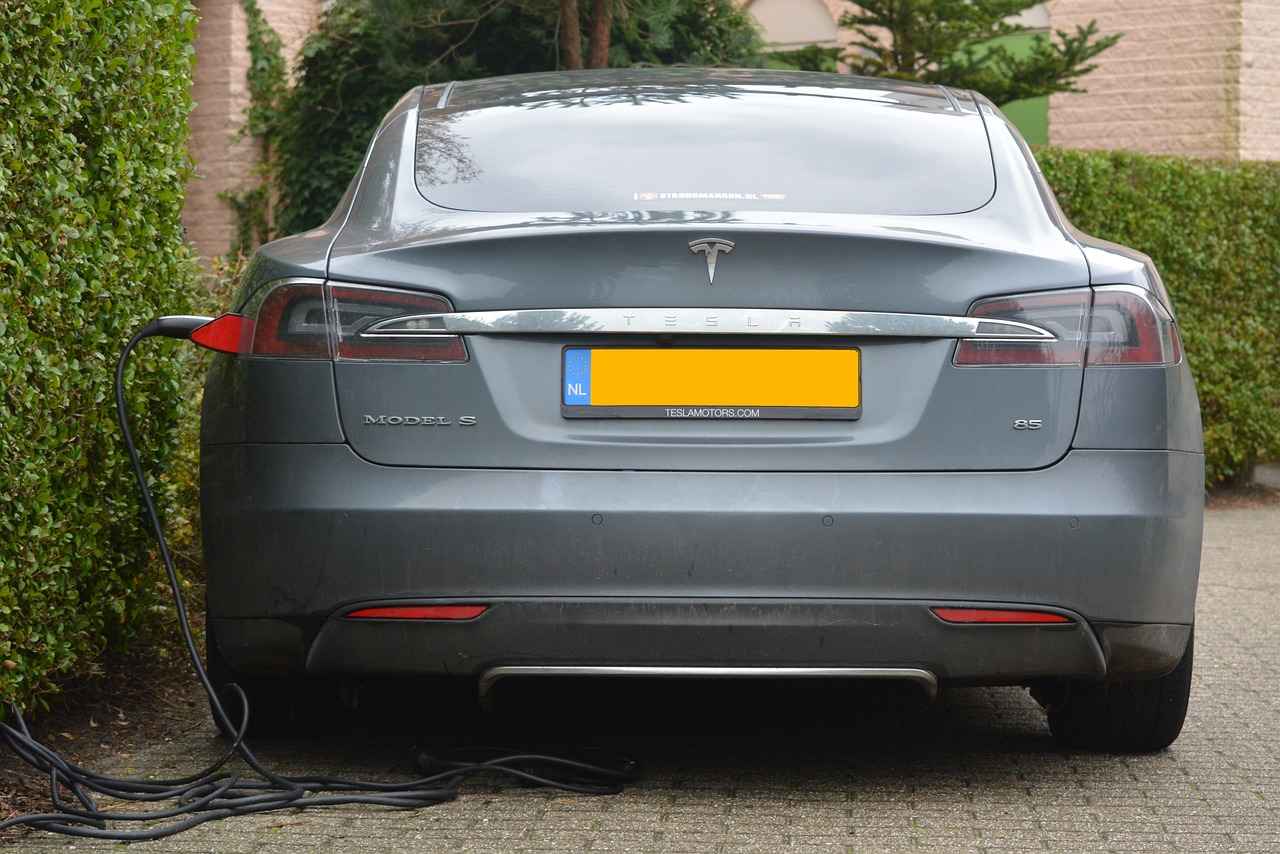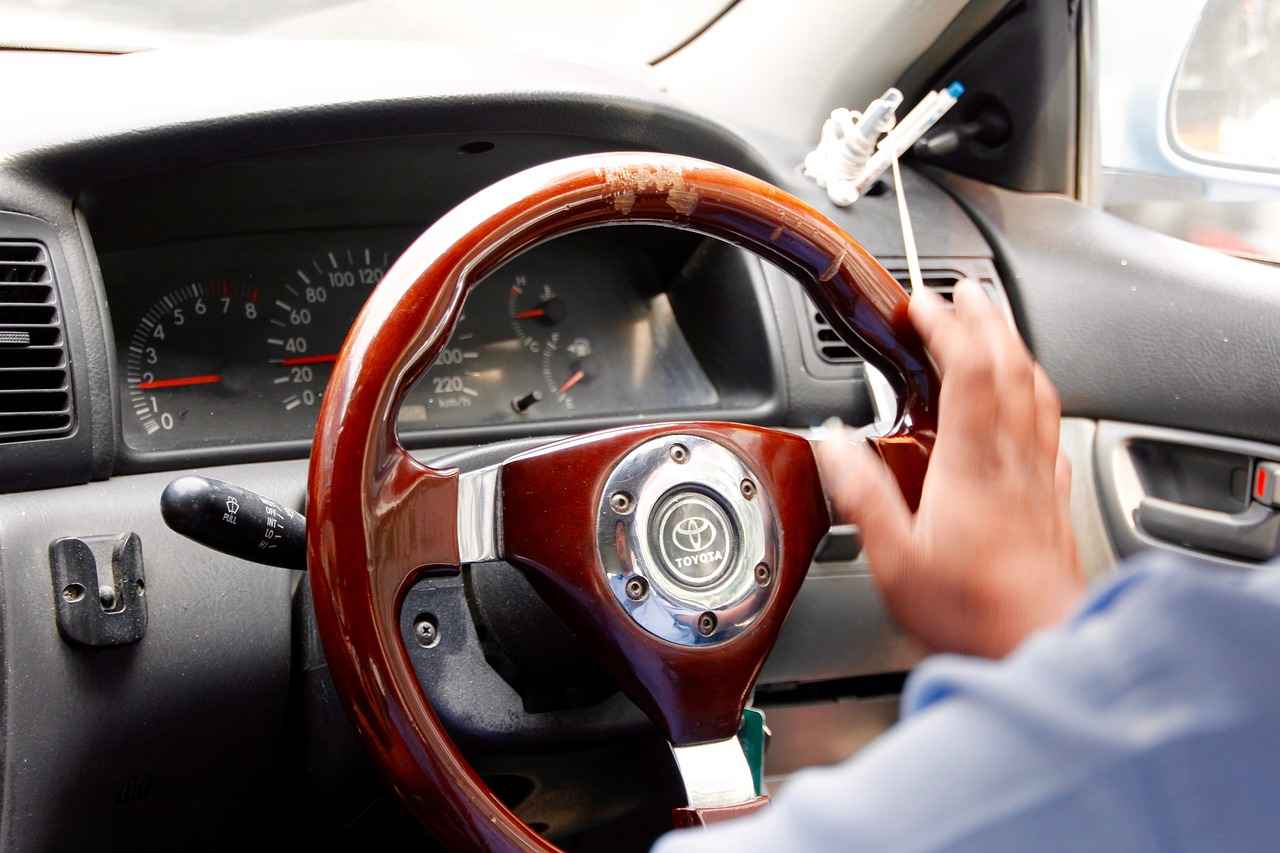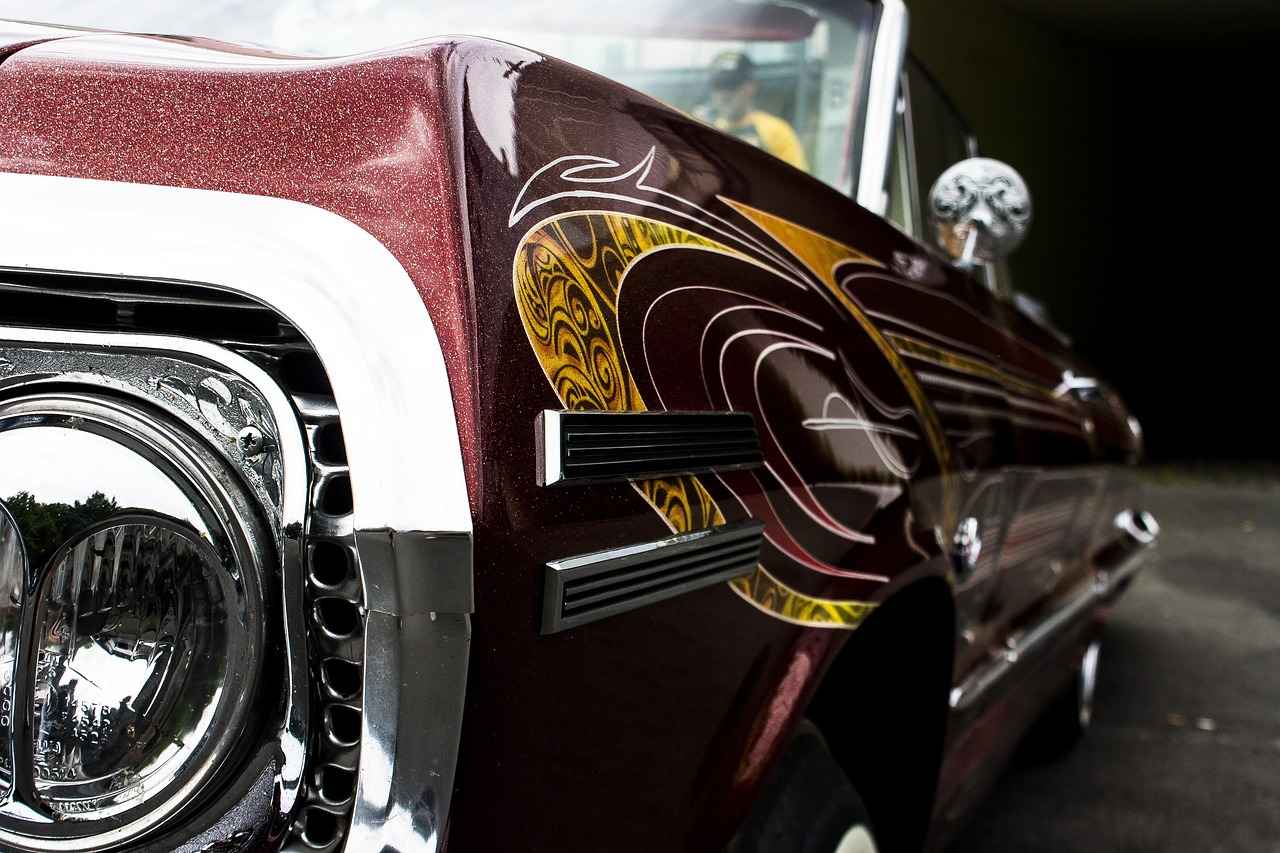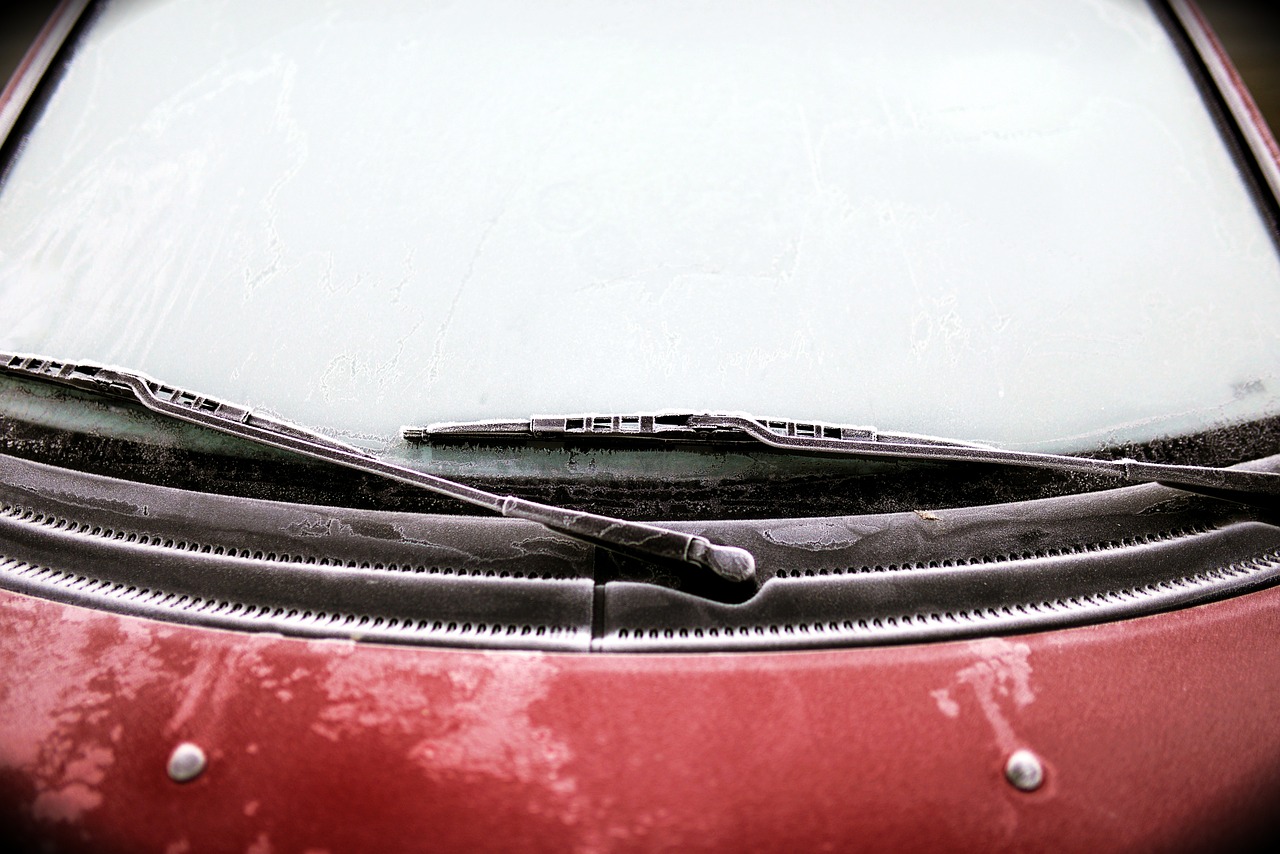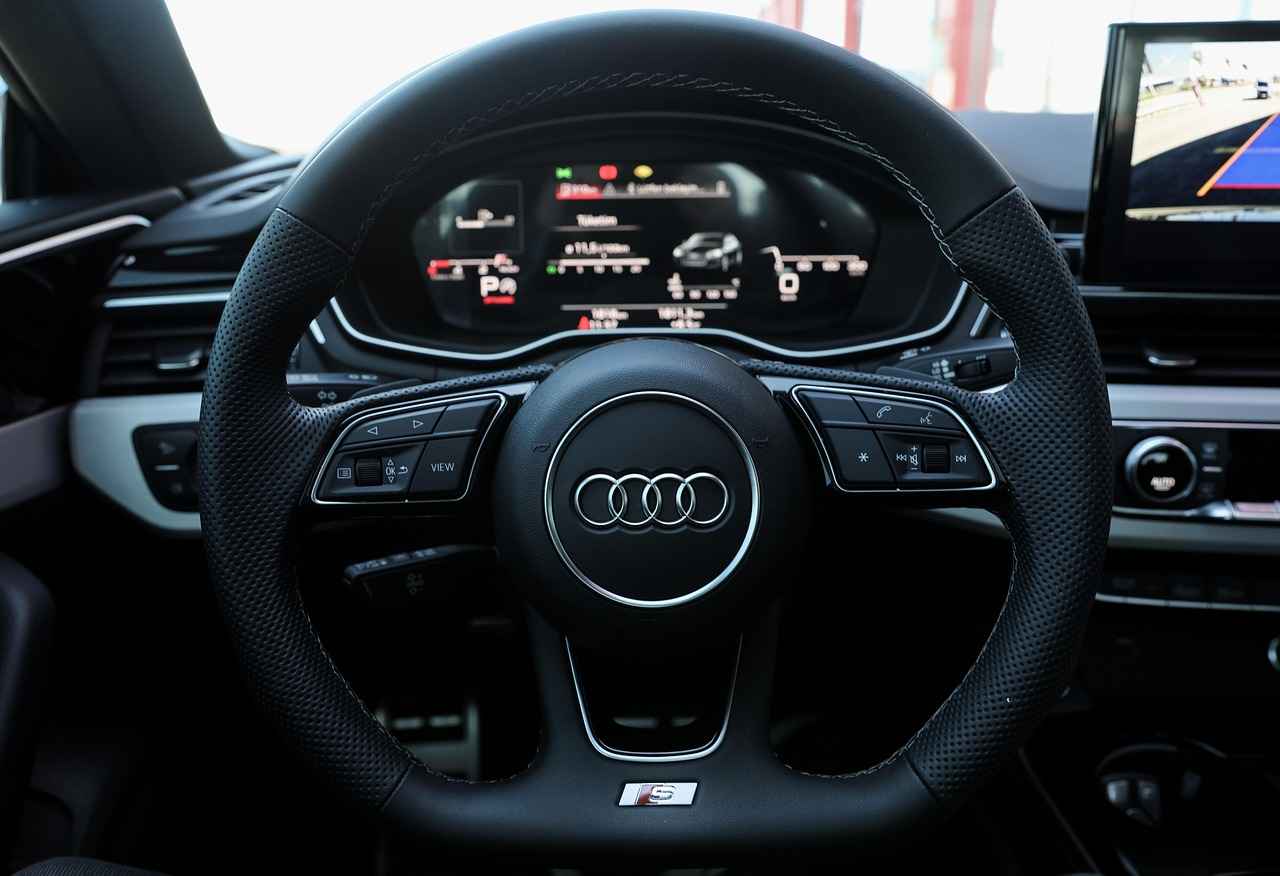This article provides a clear and straightforward guide on how to turn off windshield wipers in various vehicles, ensuring a smooth driving experience without distractions. Windshield wipers are essential for maintaining visibility during rain or snow, but knowing how to operate them correctly is equally important. This guide aims to help you understand the different methods to turn off windshield wipers and troubleshoot any issues that may arise.
Understanding the standard methods for turning off windshield wipers can help drivers quickly resolve issues while on the road. Here are the typical approaches found in most vehicles:
- Wiper Control Lever: Most vehicles have a control lever located on the steering column. Pulling it towards you or pushing it away typically activates or deactivates the wipers.
- Dashboard Controls: Some cars feature dashboard buttons or knobs specifically for wiper control. Make sure to familiarize yourself with these controls.
- Automatic Settings: In newer models, wipers may have an automatic setting that detects rain. If this feature is malfunctioning, manually turning them off may be necessary.
Windshield wipers can sometimes malfunction, leading to confusion about how to turn them off. Understanding the common reasons for wiper issues can help you troubleshoot effectively:
Electrical problems can cause windshield wipers to behave erratically. Some common electrical issues include:
- Blown Fuses: A blown fuse can disrupt power to the wiper motor, resulting in wipers that won’t turn off. Checking and replacing fuses is crucial for vehicle maintenance.
- Faulty Relays: Relays control the electrical flow to the wipers. If a relay fails, it can cause the wipers to malfunction. Diagnosing and replacing faulty relays is essential for proper function.
Mechanical failures can also lead to wipers that won’t turn off. Potential issues include:
- Worn-out Wiper Motors: Over time, wiper motors can wear out, leading to operational issues. Regular inspections can help identify problems early.
- Linkage Problems: The linkage connecting the wiper motor to the wipers can become loose or damaged, causing erratic movement or failure to turn off.
Troubleshooting wiper issues requires a systematic approach. Here are practical steps to identify and fix common problems related to windshield wipers:
The wiper switch is often the first place to check when wipers won’t turn off. Testing the switch for functionality can reveal whether it needs replacement. If the switch is faulty, replacing it is usually straightforward.
The wiper motor is essential for proper operation. If the wipers are stuck in one position or won’t turn off, the motor may be the culprit. Assessing the motor’s condition involves checking for any signs of wear or damage. If necessary, consider replacing the motor to restore functionality.
In summary, understanding how to turn off windshield wipers and troubleshoot common issues can significantly enhance your driving experience. By familiarizing yourself with your vehicle’s wiper system, you can ensure safety and maintain visibility during adverse weather conditions.
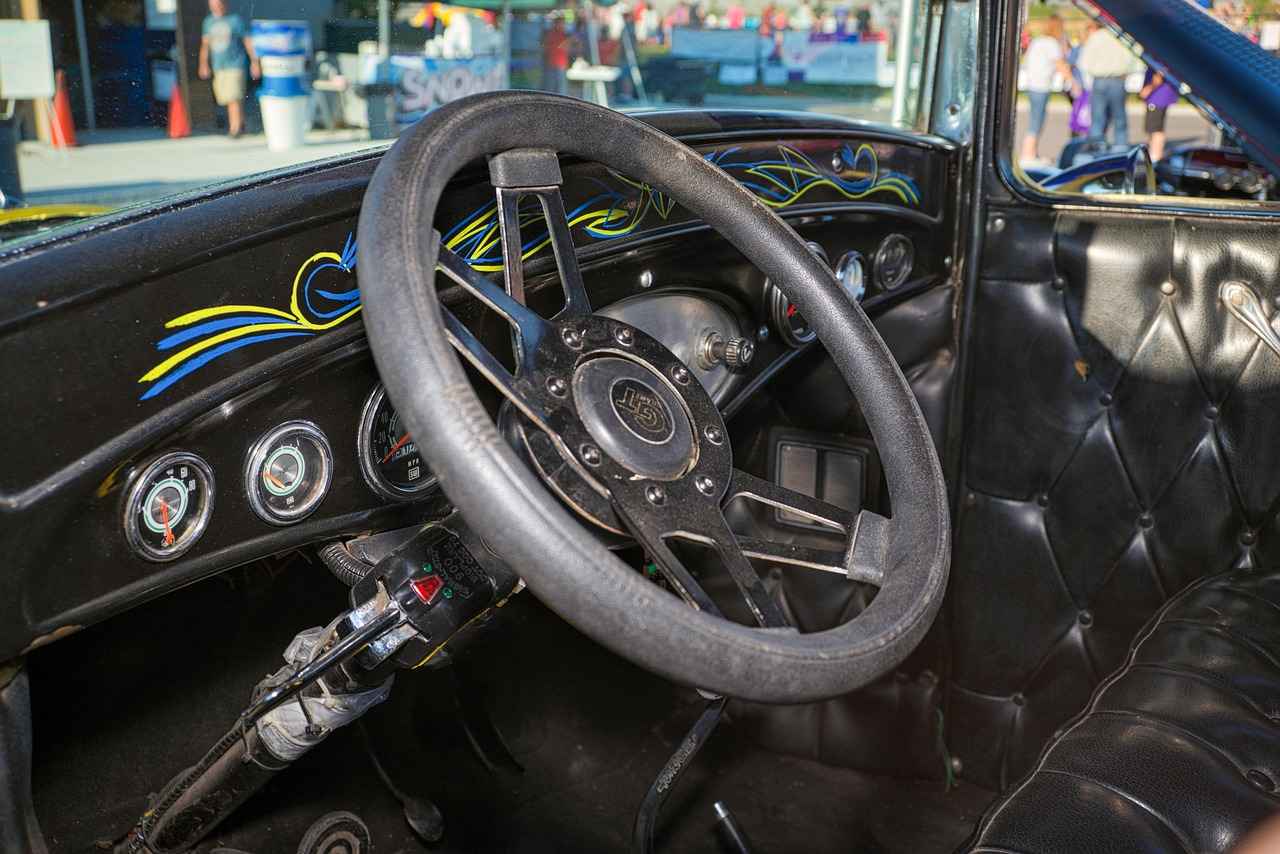
What Are the Common Methods to Turn Off Windshield Wipers?
Understanding how to turn off windshield wipers is essential for every driver. Wipers are crucial for maintaining visibility during rain or snow, but knowing how to deactivate them quickly can prevent distractions while driving. In this section, we will explore the common methods for turning off windshield wipers that you can find in most vehicles.
Windshield wipers typically feature a few standard controls that allow drivers to manage their operation effectively. Familiarizing yourself with these controls can save you time and hassle, especially in adverse weather conditions.
- Control Lever or Stalk: Most vehicles have a lever or stalk located on the steering column. This lever usually has multiple settings, including off, intermittent, low, and high speeds. To turn off the wipers, simply move the lever to the off position.
- Dashboard Controls: Some modern vehicles may have dashboard buttons or touchscreen controls for wiper operation. Look for a button labeled with a wiper icon, and pressing it should deactivate the wipers.
- Quick-Stop Feature: Many vehicles come equipped with a quick-stop feature that allows drivers to stop the wipers in their current position. This is useful when you need to check visibility without turning off the wipers completely. To activate this feature, simply push the control lever down or press the corresponding button.
It’s important to note that the exact placement and functionality of these controls can vary between different makes and models. Therefore, it is advisable to consult your vehicle’s owner manual for specific instructions.
Sometimes, windshield wipers may not turn off as expected, leading to frustration. Understanding the potential causes of such malfunctions can help you troubleshoot the issue effectively.
- Electrical Problems: Issues like blown fuses or faulty relays can disrupt the power supply to the wipers, causing them to operate erratically.
- Mechanical Failures: Worn-out wiper motors or linkage problems can also prevent the wipers from turning off. Regular maintenance can help identify these issues early on.
When faced with malfunctioning wipers, a systematic approach to troubleshooting can make all the difference. Here are some steps you can take:
- Inspect the Wiper Switch: The wiper switch is often the first component to check. Ensure it is functioning properly and not stuck in the “on” position.
- Check the Wiper Motor: If the switch appears to be working, the next step is to assess the condition of the wiper motor. Listen for any unusual sounds when the wipers are activated, which may indicate a problem.
By understanding these common methods and troubleshooting steps, drivers can effectively manage their windshield wipers and ensure a safer driving experience. Remember, regular maintenance and awareness of your vehicle’s controls can significantly reduce the likelihood of wiper-related issues.

Why Do Windshield Wipers Malfunction?
Windshield wipers are essential for maintaining visibility during adverse weather conditions. However, they can sometimes malfunction, leading to confusion about how to turn them off. Understanding the reasons behind these issues is crucial for every driver. This section delves into the common causes of windshield wiper problems, including electrical issues and mechanical failures.
Windshield wipers can experience problems for various reasons. Here are some of the most common factors:
- Electrical Problems
- Mechanical Failures
One of the primary reasons windshield wipers may not function correctly is due to electrical issues. These problems can manifest in several ways:
A blown fuse can interrupt the power supply to the wiper motor, causing the wipers to stop working or behave erratically. To address this issue:
1. Locate the fuse box in your vehicle.2. Check the diagram to find the fuse associated with the wipers.3. Remove the fuse and inspect it for damage.4. Replace it with a new fuse of the same amperage if necessary.
Relays are critical components that control the electrical flow to the wipers. If a relay fails, it can lead to wipers that won’t turn off or operate correctly. To diagnose relay issues:
1. Identify the relay for the windshield wipers in the fuse box.2. Swap it with a similar relay to test functionality.3. Replace it if the wipers operate correctly with the new relay.
In addition to electrical problems, mechanical failures can also cause windshield wipers to malfunction. Here are some common mechanical issues:
The wiper motor is responsible for powering the wipers. Over time, it can wear out, leading to inconsistent performance. Signs of a failing motor include:
- Wipers moving slowly or not at all
- Unusual noises when operating the wipers
If you suspect a worn-out motor, it may need to be replaced to restore proper functionality.
The linkage connects the wiper motor to the wiper arms. If this linkage becomes loose or damaged, it can prevent the wipers from operating as intended. To check for linkage issues:
1. Inspect the area where the wiper arms connect to the vehicle.2. Look for any signs of wear or disconnection.3. Tighten or replace any loose or damaged parts as needed.
By understanding the common causes of windshield wiper malfunctions, drivers can take proactive steps to troubleshoot and resolve these issues effectively. Regular maintenance and inspections can help prevent many of these problems, ensuring a safer driving experience.
Electrical Issues
can significantly impact the functionality of windshield wipers, leading to erratic behavior that can distract drivers and compromise safety. Understanding these electrical problems is crucial for effective vehicle maintenance and ensuring a seamless driving experience.
Windshield wipers are essential for maintaining visibility during adverse weather conditions. However, when they start to act erratically, it can be frustrating. Common causes include:
- Blown Fuses
- Faulty Relays
- Wiring Issues
A blown fuse can disrupt the electrical circuit that powers the wiper motor. This disruption may cause the wipers to stop functioning entirely or behave unpredictably. To check for a blown fuse:
1. Locate the fuse box, usually found under the dashboard or in the engine compartment.2. Identify the fuse related to the windshield wipers.3. Inspect the fuse for any signs of damage or a broken filament.4. Replace it with a new fuse of the same amperage if necessary.
Regularly inspecting fuses can prevent unexpected wiper failures.
Relays are critical components that control the electrical flow to the wipers. If a relay becomes faulty, it can lead to issues such as:
- Wipers Stuck in One Position
- Intermittent Wiper Function
- Wipers Not Responding at All
To diagnose a faulty relay, follow these steps:
1. Locate the relay box, often found alongside the fuse box.2. Remove the relay for the windshield wipers.3. Test the relay using a multimeter or replace it with a known working relay.
Replacing a faulty relay can restore proper wiper functionality.
Wiring problems can also lead to electrical failures in windshield wipers. Damaged or corroded wires may interrupt the power supply, causing:
- Inconsistent Wiper Speed
- Wipers Not Turning Off
Inspecting the wiring for any visible damage or corrosion is essential. If you find any issues, consider:
1. Repairing damaged wires with electrical tape or heat-shrink tubing.2. Replacing corroded connectors to ensure a solid electrical connection.
If you have checked fuses, relays, and wiring but the wipers continue to malfunction, it may be time to consult a professional mechanic. They can perform a comprehensive diagnostic to identify underlying issues that may not be immediately visible.
In conclusion, understanding related to windshield wipers is vital for every vehicle owner. By being proactive and knowledgeable about components like fuses, relays, and wiring, you can ensure your wipers operate smoothly, enhancing your driving safety and comfort.
Blown Fuses
Understanding Blown Fuses: A blown fuse is a common electrical issue that can disrupt the functionality of various components in your vehicle, including the windshield wiper motor. When a fuse blows, it interrupts the electrical circuit, which can lead to unexpected behavior from your wipers, such as them not turning off. This situation can be frustrating, especially when you are trying to maintain visibility while driving. Therefore, knowing how to check and replace fuses is essential for effective vehicle maintenance.
There are several reasons why fuses may blow in your vehicle:
- Overloaded Circuit: When too many devices draw power from the same circuit, it can exceed the fuse’s rated capacity.
- Short Circuits: Faulty wiring or damaged components can create a short circuit, causing the fuse to blow.
- Aging Components: Over time, electrical components can wear out, leading to increased resistance and eventual failure.
Checking for a blown fuse is a straightforward process:
- Locate the Fuse Box: Refer to your vehicle’s owner manual to find the fuse box location. Common locations include under the dashboard or in the engine compartment.
- Identify the Wiper Fuse: Use the diagram on the fuse box cover or in the manual to locate the specific fuse for the windshield wipers.
- Inspect the Fuse: Remove the fuse and visually check if the metal wire inside is broken. If it is, the fuse is blown and needs to be replaced.
Once you’ve identified a blown fuse, replacing it is simple:
- Purchase the Correct Fuse: Ensure you buy a replacement fuse that matches the amperage rating of the blown fuse.
- Install the New Fuse: Insert the new fuse into the same slot, ensuring it is seated properly.
- Test the Wipers: Turn on your vehicle and test the wipers to ensure they function correctly.
To minimize the risk of future blown fuses, consider the following tips:
- Regular Inspections: Periodically check your vehicle’s electrical system for wear and tear.
- Avoid Overloading Circuits: Be mindful of how many electrical devices you operate simultaneously.
- Seek Professional Help: If you frequently experience blown fuses, consult a mechanic to diagnose potential underlying issues.
In conclusion, understanding the role of fuses in your vehicle’s electrical system is crucial for maintaining its functionality. By knowing how to check and replace blown fuses, you can ensure that your windshield wipers operate smoothly, contributing to a safer driving experience.
Faulty Relays
Understanding Faulty Relays in Windshield Wiper Systems
Windshield wipers are essential for maintaining visibility during adverse weather conditions. However, when they malfunction, it can be frustrating and potentially dangerous. One common issue arises from faulty relays, which play a critical role in the electrical system controlling the wipers. This section will delve into how to diagnose and replace these faulty relays to restore wiper functionality.
Relays are electrically operated switches that control the flow of electricity to various components in a vehicle, including the windshield wipers. When you activate the wiper switch, the relay engages, allowing power to reach the wiper motor. If the relay fails, it can prevent the wipers from functioning correctly, leading to issues like wipers that won’t turn off or operate intermittently.
Diagnosing a faulty relay can be straightforward if you follow a systematic approach:
- Visual Inspection: Start by visually inspecting the relay for any signs of damage, such as burn marks or corrosion.
- Listen for Clicking Sounds: When you activate the wipers, listen for a clicking sound from the relay. If you don’t hear it, the relay may be faulty.
- Test with a Multimeter: Use a multimeter to check for continuity. If the relay doesn’t show continuity when activated, it needs replacement.
Replacing a faulty relay is a relatively simple process. Here’s how to do it:
1. **Locate the Relay Box:** Refer to your vehicle's manual to find the location of the relay box.2. **Identify the Wiper Relay:** Once located, identify the specific relay for the windshield wipers, usually labeled on the box cover.3. **Remove the Old Relay:** Gently pull the faulty relay out of its socket.4. **Install the New Relay:** Insert the new relay into the same socket, ensuring it is firmly seated.5. **Test the Wipers:** Turn on the ignition and activate the wipers to confirm they are functioning correctly.
Being aware of the signs of a failing relay can save you time and frustration:
- Inconsistent Wiper Operation: Wipers may operate sporadically or not at all.
- Wipers Stuck in One Position: If the wipers do not return to their resting position, a faulty relay could be the culprit.
- Electrical Issues: Other electrical components may also show signs of malfunction, indicating a broader electrical issue.
If you’ve followed the diagnostic steps and replaced the relay but continue to experience issues, it may be time to consult a professional mechanic. They can conduct a thorough inspection of the entire wiper system, including the motor and wiring, to identify any underlying problems.
In conclusion, understanding the role of relays in your windshield wiper system is crucial for effective troubleshooting and maintenance. By knowing how to diagnose and replace faulty relays, you can ensure your wipers function reliably, enhancing your safety on the road.
Mechanical Failures
Mechanical failures can significantly affect the functionality of your windshield wipers, leading to frustrating situations where they refuse to turn off. Understanding these issues is essential for maintaining your vehicle and ensuring a safe driving experience. This section delves into potential mechanical problems that can arise, particularly focusing on worn-out wiper motors and linkage issues.
The wiper motor is a crucial component that powers the windshield wipers. Over time, wear and tear can lead to its deterioration. Here are some common reasons:
- Age: Like any mechanical device, wiper motors have a lifespan. Continuous use can lead to fatigue and eventual failure.
- Environmental Factors: Exposure to harsh weather conditions, such as extreme heat or cold, can affect the motor’s performance.
- Corrosion: Moisture can cause rust and corrosion, particularly in older vehicles, leading to electrical failures.
The linkage connects the wiper motor to the wipers themselves, translating the motor’s movement into the sweeping action of the blades. When this linkage is compromised, it can result in malfunctioning wipers. Key issues include:
- Loose Connections: If the linkage is not securely fastened, it may not transmit motion effectively, causing the wipers to get stuck.
- Worn Bushings: The bushings that allow the linkage to pivot can wear out, leading to misalignment and irregular wiper movement.
- Broken Linkage: In some cases, the linkage can break entirely, resulting in a complete loss of function.
Identifying mechanical failures in your windshield wipers involves a few systematic steps:
- Visual Inspection: Start by examining the wiper motor and linkage for signs of wear, corrosion, or damage.
- Listen for Unusual Noises: If you hear grinding or clicking sounds when operating the wipers, it may indicate a problem with the motor or linkage.
- Check for Movement: Operate the wipers and observe if they move smoothly. Jerky or erratic movements can signal mechanical issues.
If you suspect that your wipers are malfunctioning due to mechanical failures, consider the following steps:
- Consult a Professional: If you’re unsure about diagnosing the issue, it’s best to consult a mechanic who can conduct a thorough inspection.
- Replace Worn Components: If the motor or linkage shows signs of significant wear, replacing these components may be necessary to restore proper function.
- Regular Maintenance: To prevent future issues, perform regular maintenance on your wiper system, including cleaning and lubricating the linkage.
By understanding the potential mechanical failures that can affect your windshield wipers, you can take proactive steps to ensure they operate smoothly and reliably. Regular inspections and maintenance can help avoid unexpected issues, allowing for a safer driving experience.
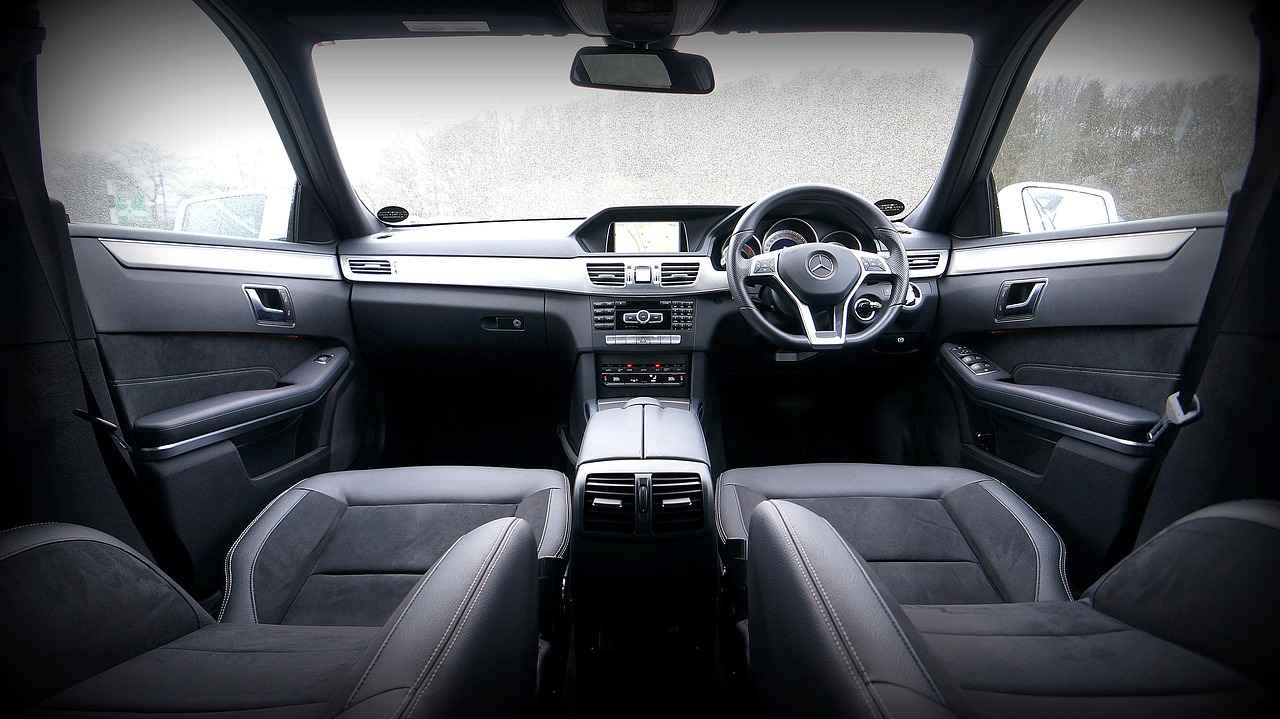
How Can You Troubleshoot Wiper Issues?
Troubleshooting windshield wiper issues is essential for maintaining visibility and safety while driving. A systematic approach can help you identify and resolve common problems effectively. Below are some practical steps to assist you in diagnosing and fixing wiper-related issues.
Before diving into troubleshooting, it’s crucial to recognize the signs of wiper malfunction. Common symptoms include:
- Wipers Stopping Mid-Operation: This can indicate electrical issues or motor failure.
- Wipers Moving Slowly: A sign of a failing motor or mechanical resistance.
- Wipers Not Responding: Often linked to a faulty switch or electrical problem.
The wiper switch is a critical component that controls the wipers. To troubleshoot:
- Check for Power: Use a multimeter to ensure the switch is receiving power.
- Test the Switch: If power is present but wipers don’t operate, the switch may need replacement.
The wiper motor drives the wipers and can often be the source of issues. Follow these steps:
1. Disconnect the motor's electrical connector.2. Use a multimeter to check for continuity.3. If there is no continuity, the motor may need replacement.
A blown fuse can interrupt power to the wiper system. To address this:
- Locate the Fuse Box: Refer to your vehicle’s manual for the exact location.
- Inspect the Wiper Fuse: If it’s blown, replace it with a fuse of the same amperage.
Relays control the electrical flow to the wipers. If you suspect a relay issue:
- Identify the Relay: Check your vehicle’s manual for its location.
- Test the Relay: Swap it with a similar relay in the fuse box to see if that resolves the issue.
Mechanical failures can also cause wipers to malfunction. Look for:
- Worn Wiper Blades: Old blades can cause ineffective wiping. Replace them if they appear damaged.
- Linkage Problems: Inspect the wiper linkage for any disconnections or wear.
Once you’ve gone through these troubleshooting steps, perform a final check:
- Test the Wipers: After making adjustments or replacements, test the wipers to ensure they function correctly.
- Monitor Performance: Keep an eye on the wipers over the next few days for any signs of malfunction.
By following this systematic approach, you can effectively troubleshoot and resolve common windshield wiper issues, ensuring a safer driving experience.
Inspecting the Wiper Switch
When dealing with windshield wipers that refuse to turn off, one of the first components to inspect is the wiper switch. This crucial part of your vehicle’s electrical system controls the operation of the wipers, and any malfunction here can lead to persistent wiper activity, which can be both distracting and hazardous while driving.
The wiper switch is responsible for sending signals to the wiper motor, allowing it to function correctly. If the switch is faulty, it may not relay the correct commands, causing the wipers to remain activated even when they should be off. Understanding how to test and replace this switch can save you time and frustration.
To determine whether the wiper switch is the culprit behind your wiper issues, follow these steps:
- Step 1: Ensure the vehicle is turned off for safety.
- Step 2: Locate the wiper switch, usually found on the steering column or dashboard.
- Step 3: Use a multimeter to check for continuity in the switch. If there is no continuity when the switch is activated, it indicates a faulty switch.
If testing reveals that the wiper switch is indeed defective, replacing it is essential. Here’s a brief guide on how to do it:
- Step 1: Disconnect the battery to prevent any electrical shorts.
- Step 2: Remove the trim panel surrounding the switch to access it easily.
- Step 3: Unplug the old switch and replace it with a new one, ensuring all connections are secure.
- Step 4: Reassemble the trim panel and reconnect the battery.
It’s important to recognize the symptoms of a malfunctioning wiper switch:
- Wipers won’t turn off even when the switch is in the off position.
- Inconsistent wiper operation or erratic movement.
- Wipers only work in certain settings (e.g., only on high speed).
If you’re uncomfortable testing or replacing the wiper switch yourself, or if the problem persists after replacement, it may be time to consult a professional mechanic. They can conduct a thorough diagnostic to ensure that the issue is accurately identified and resolved.
In summary, inspecting and potentially replacing the wiper switch is a critical step in troubleshooting windshield wiper issues. By understanding how to test and replace this component, drivers can maintain better control over their vehicle’s functionality and ensure a safer driving experience.
Checking the Wiper Motor
When it comes to ensuring the proper functioning of your vehicle’s windshield wipers, is a crucial step. The wiper motor is the heart of the wiper system, responsible for providing the necessary power to move the wipers across the windshield. A malfunctioning wiper motor can lead to ineffective wiper performance, which could compromise your visibility during rain or snow. In this section, we will explore how to assess the condition of your wiper motor and identify when it is time for a replacement.
To determine whether your wiper motor is functioning properly, you can follow these simple steps:
- Visual Inspection: Begin by inspecting the wiper motor for any visible signs of damage, such as rust, corrosion, or loose connections. Ensure that the electrical connectors are secure.
- Listen for Unusual Noises: When you activate the wipers, listen for any grinding or unusual noises coming from the motor. Such sounds can indicate internal damage.
- Test the Wiper Functionality: Turn on the windshield wipers and observe their movement. If they operate slowly or intermittently, this may signal an issue with the motor.
Knowing when to replace your wiper motor is essential for maintaining optimal visibility. Here are some signs that indicate a replacement may be necessary:
- Inconsistent Wiper Movement: If your wipers do not move smoothly or stop mid-cycle, it may be time to consider a new motor.
- Complete Failure: If the wipers do not operate at all, despite checking the fuse and relay, the motor is likely faulty and should be replaced.
- Excessive Heat: If the motor becomes excessively hot during operation, it may indicate an internal failure.
If you determine that a replacement is necessary, follow these steps for a successful installation:
- Gather Tools: You will need basic hand tools such as screwdrivers, pliers, and a socket set.
- Disconnect the Battery: Always disconnect the vehicle’s battery before working on electrical components to avoid any accidents.
- Remove the Wiper Arms: Carefully remove the wiper arms to access the motor. This may require a special tool to avoid damaging the arms.
- Unbolt the Motor: Locate the mounting bolts securing the wiper motor and remove them. Carefully disconnect the electrical connectors.
- Install the New Motor: Position the new motor in place, secure it with bolts, and reconnect the electrical connectors.
- Reattach Wiper Arms: Finally, reattach the wiper arms and connect the battery. Test the wipers to ensure they are functioning correctly.
In summary, regularly checking the condition of your wiper motor is vital for maintaining safe driving conditions. By understanding how to assess its functionality and recognizing the signs for replacement, you can ensure that your windshield wipers operate effectively, providing you with clear visibility in adverse weather conditions.
Frequently Asked Questions
- How do I turn off my windshield wipers?
To turn off your windshield wipers, locate the wiper control switch, usually found on the steering column or dashboard. Simply turn it to the “off” position. If your wipers are stuck in a certain mode, try switching them to a different speed before turning them off.
- What should I do if my windshield wipers won’t turn off?
If your windshield wipers refuse to turn off, it might be due to a faulty wiper switch or electrical issues like a blown fuse. Check the fuse box for any blown fuses related to the wiper circuit, and replace them if necessary. If the problem persists, consider inspecting the wiper switch or motor.
- Can a blown fuse cause my wipers to malfunction?
Absolutely! A blown fuse can disrupt the power supply to the wiper motor, causing it to behave erratically or not turn off at all. It’s essential to check and replace any blown fuses to restore normal functionality.
- How can I troubleshoot wiper issues?
Start by inspecting the wiper switch for any signs of damage. If that looks good, check the wiper motor and wiring for faults. Additionally, ensure that the fuse related to the wipers is intact. If you’re not comfortable troubleshooting, it’s best to consult a professional mechanic.
